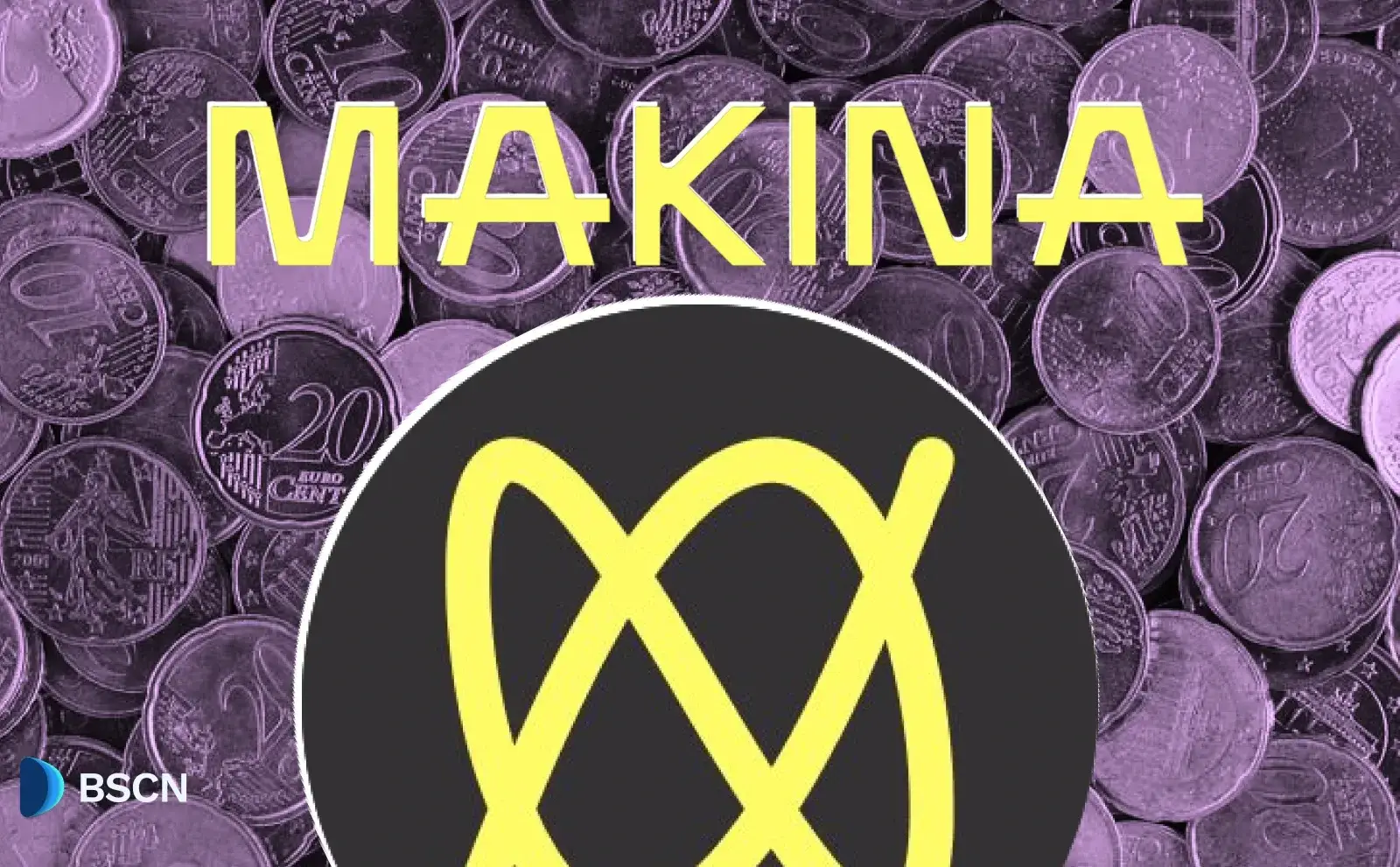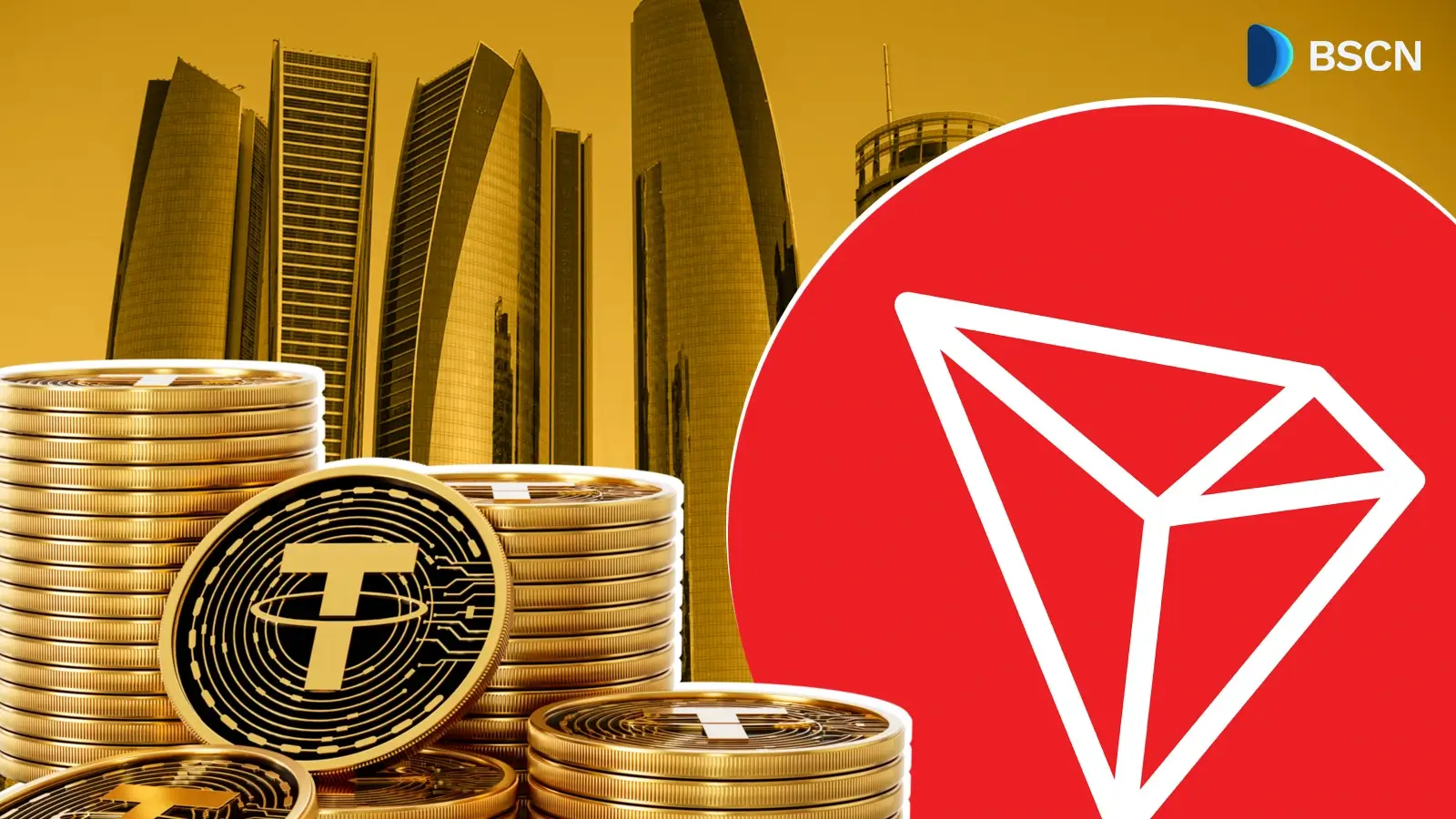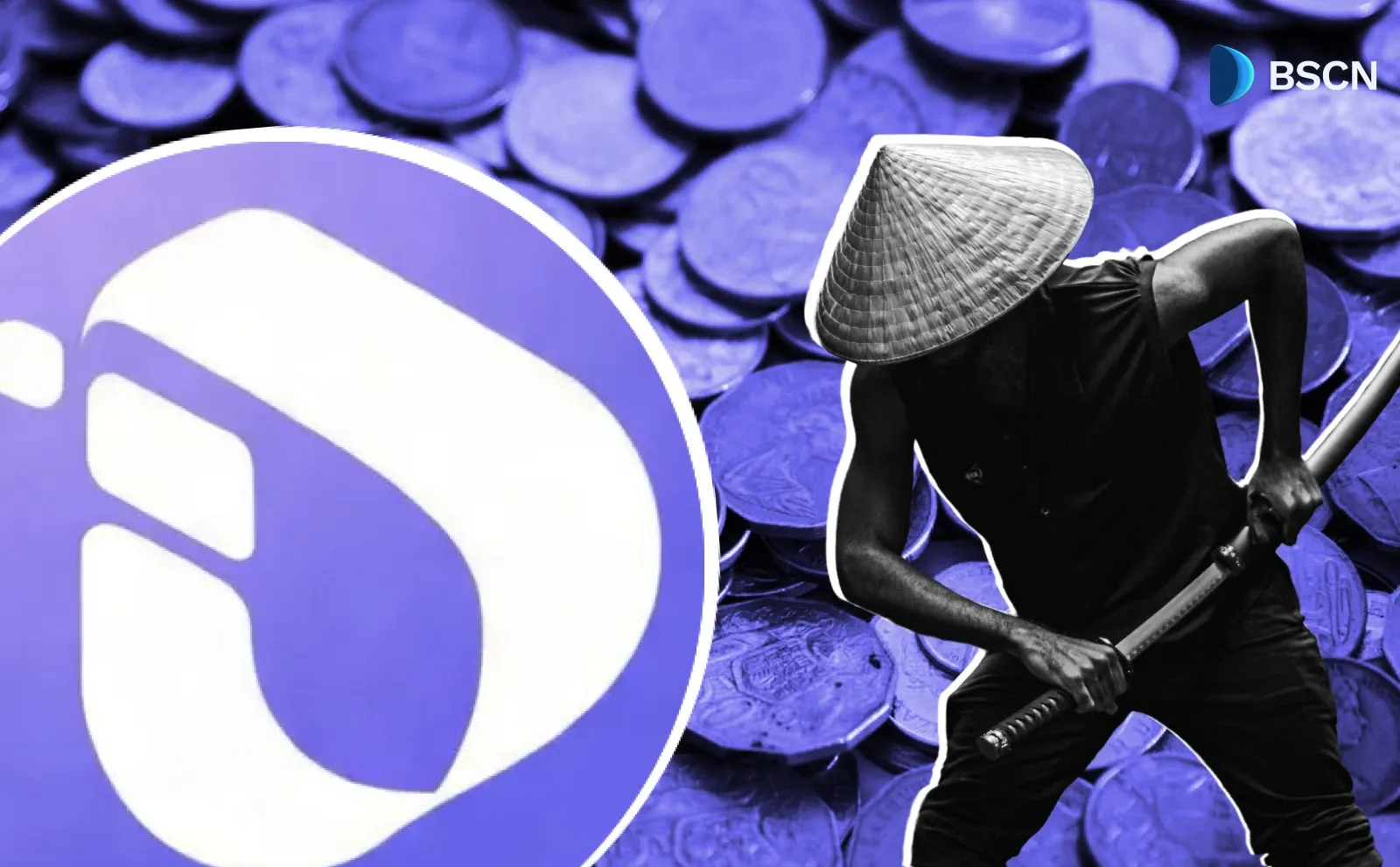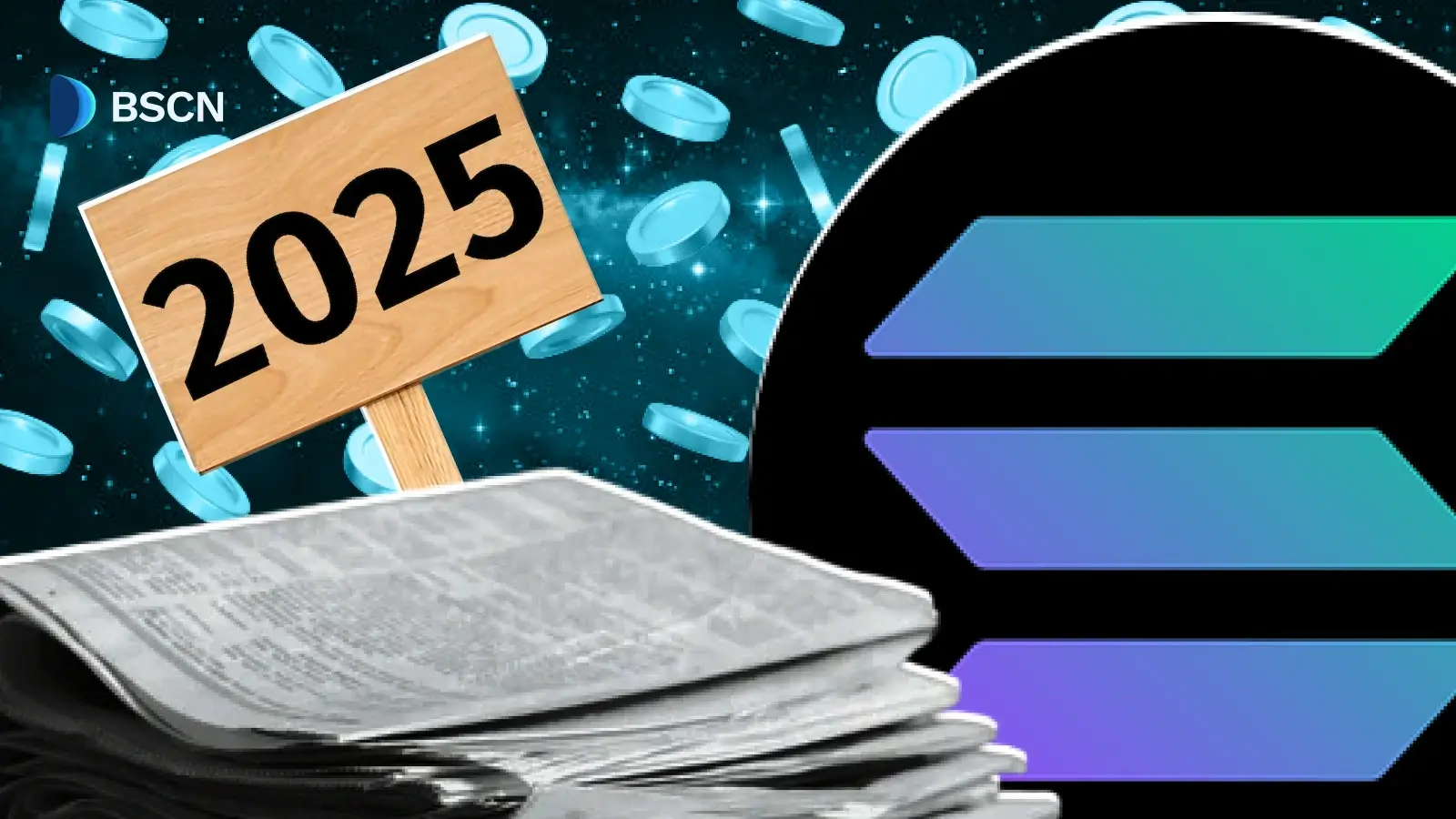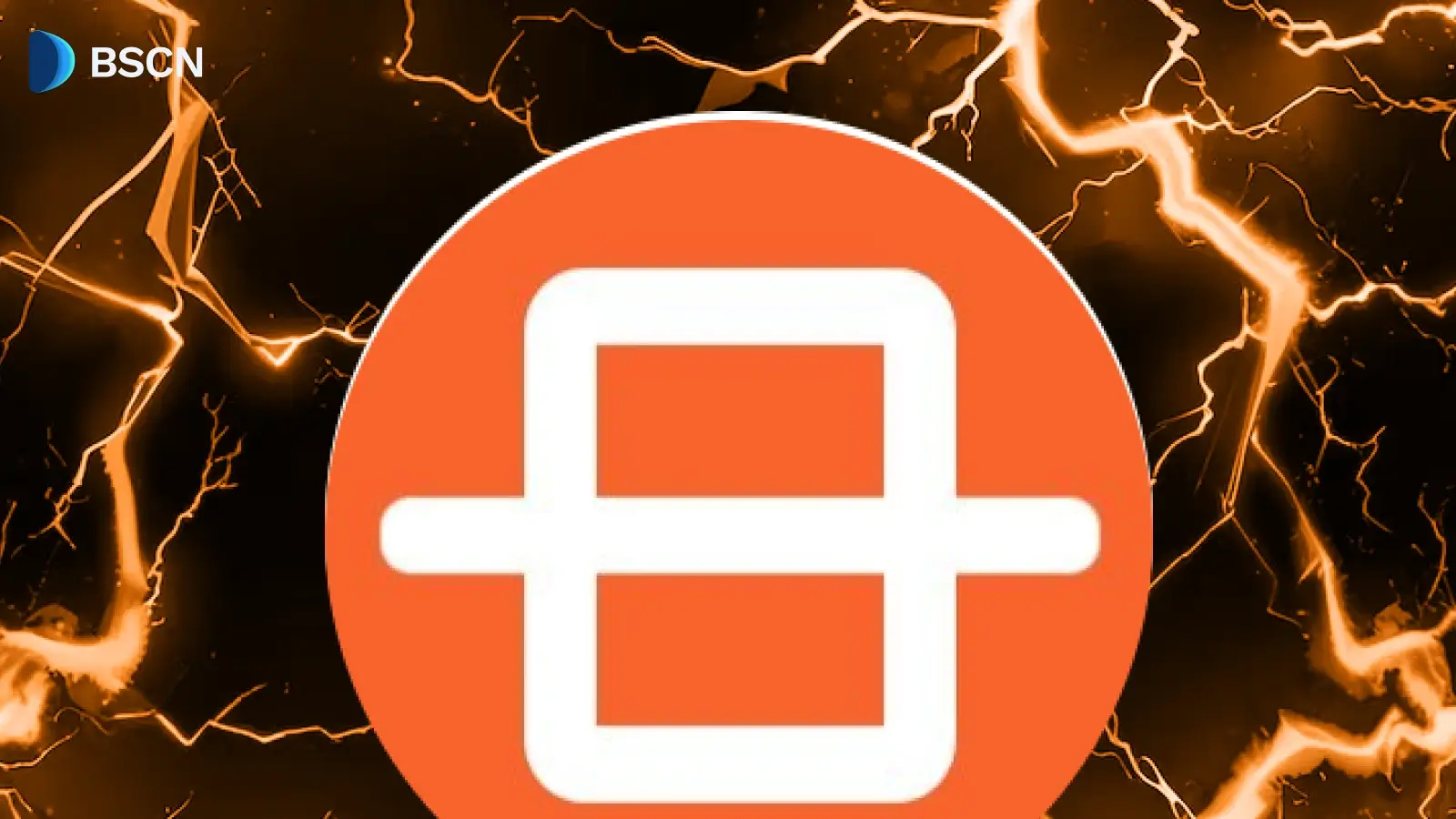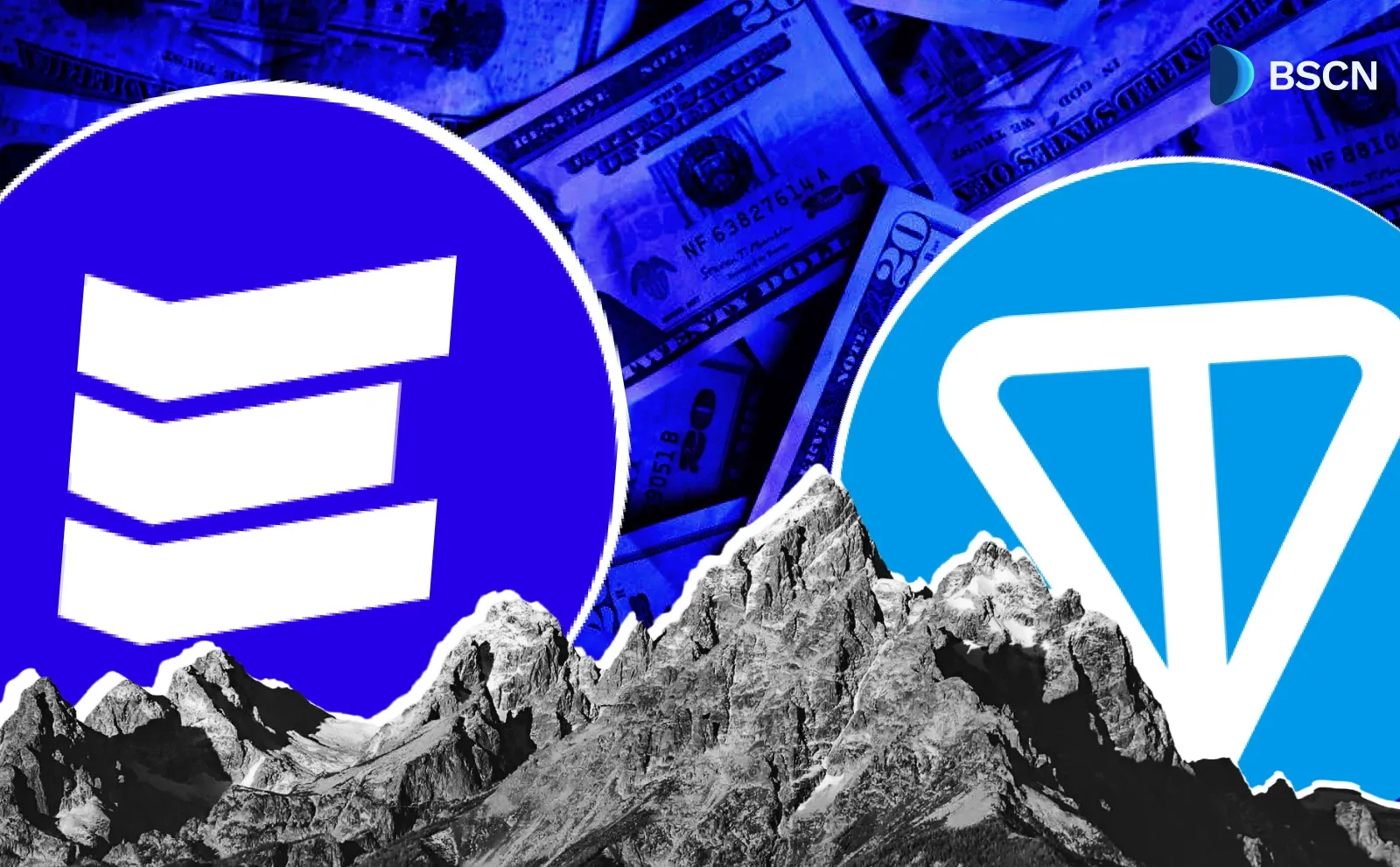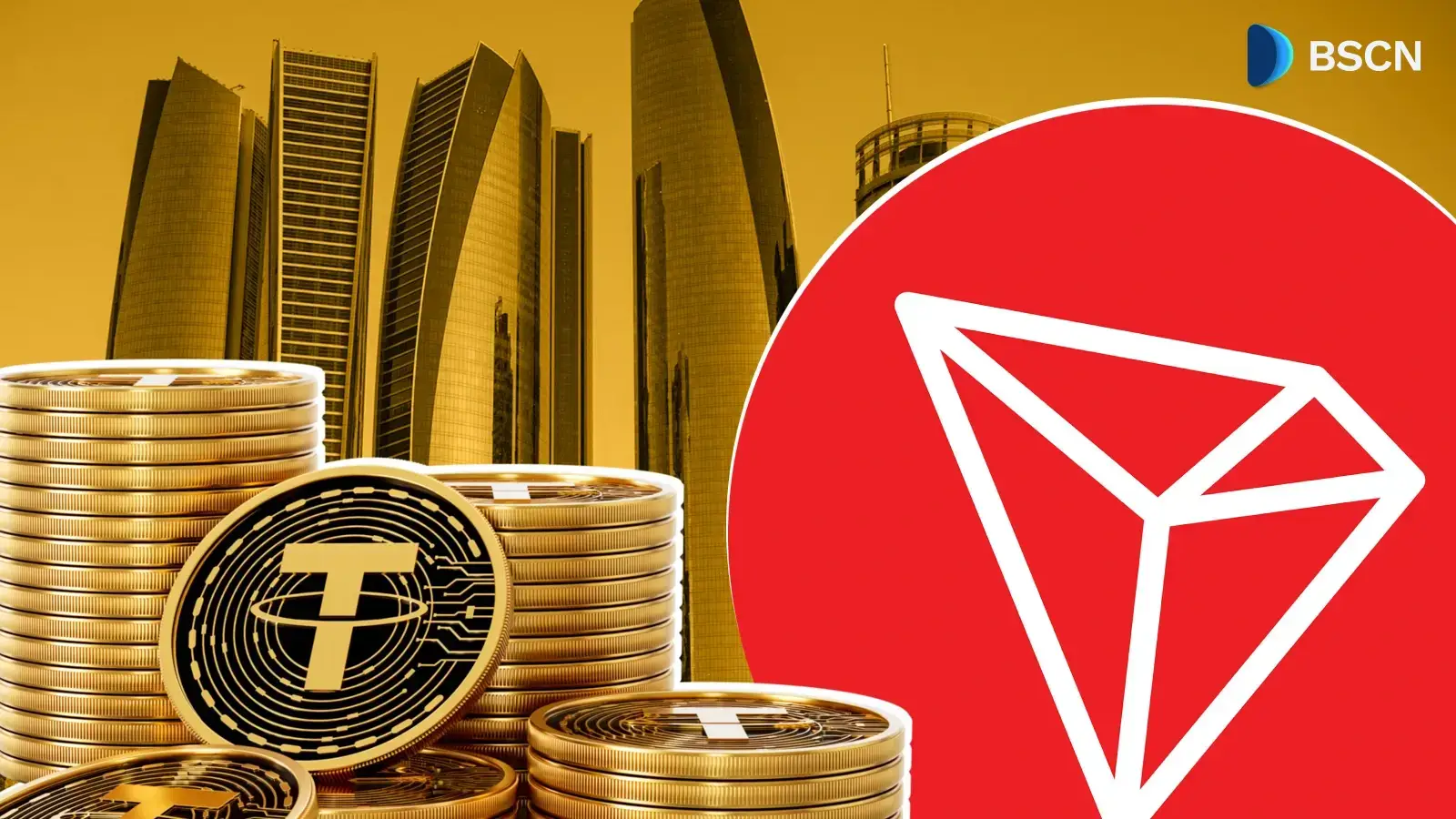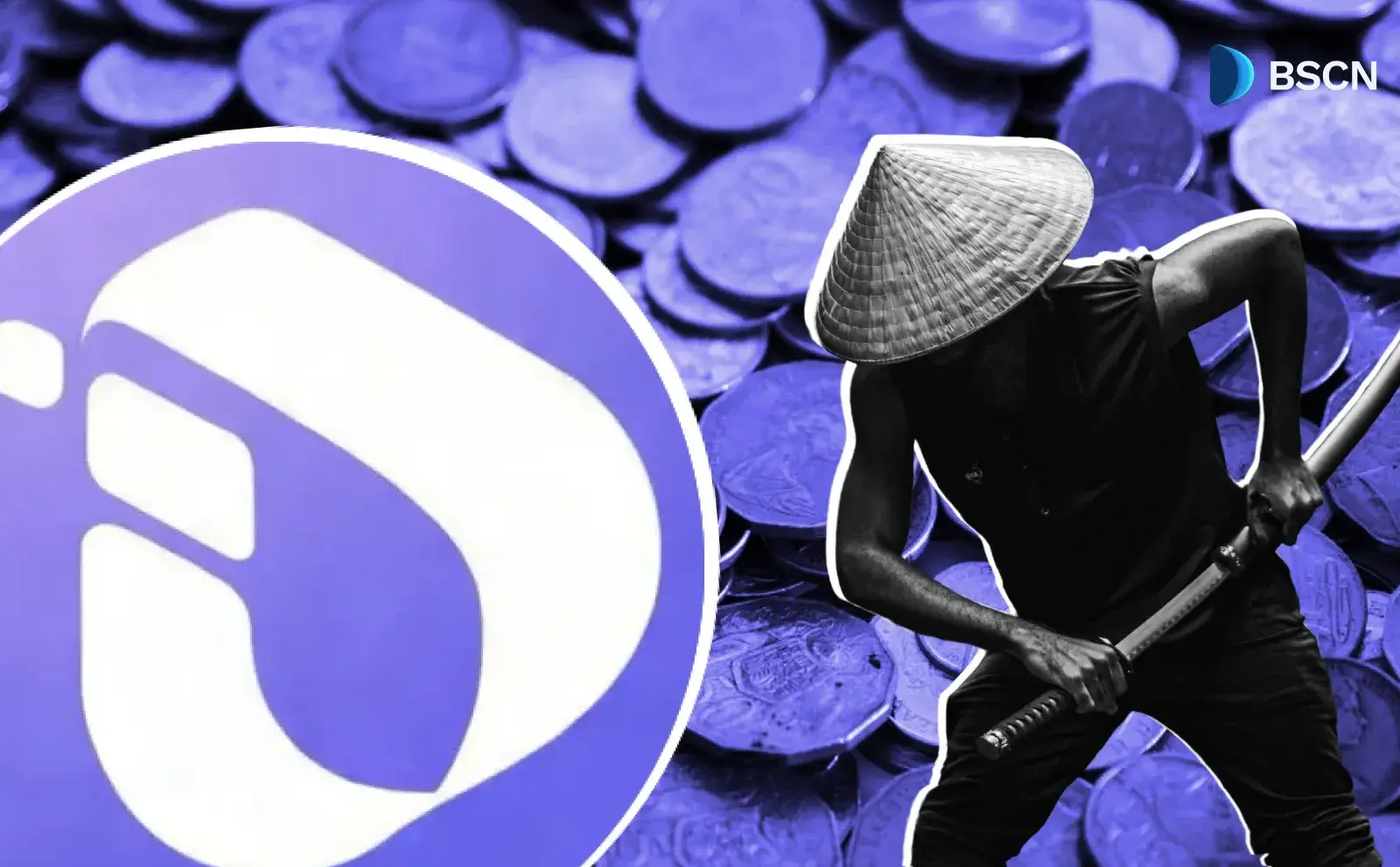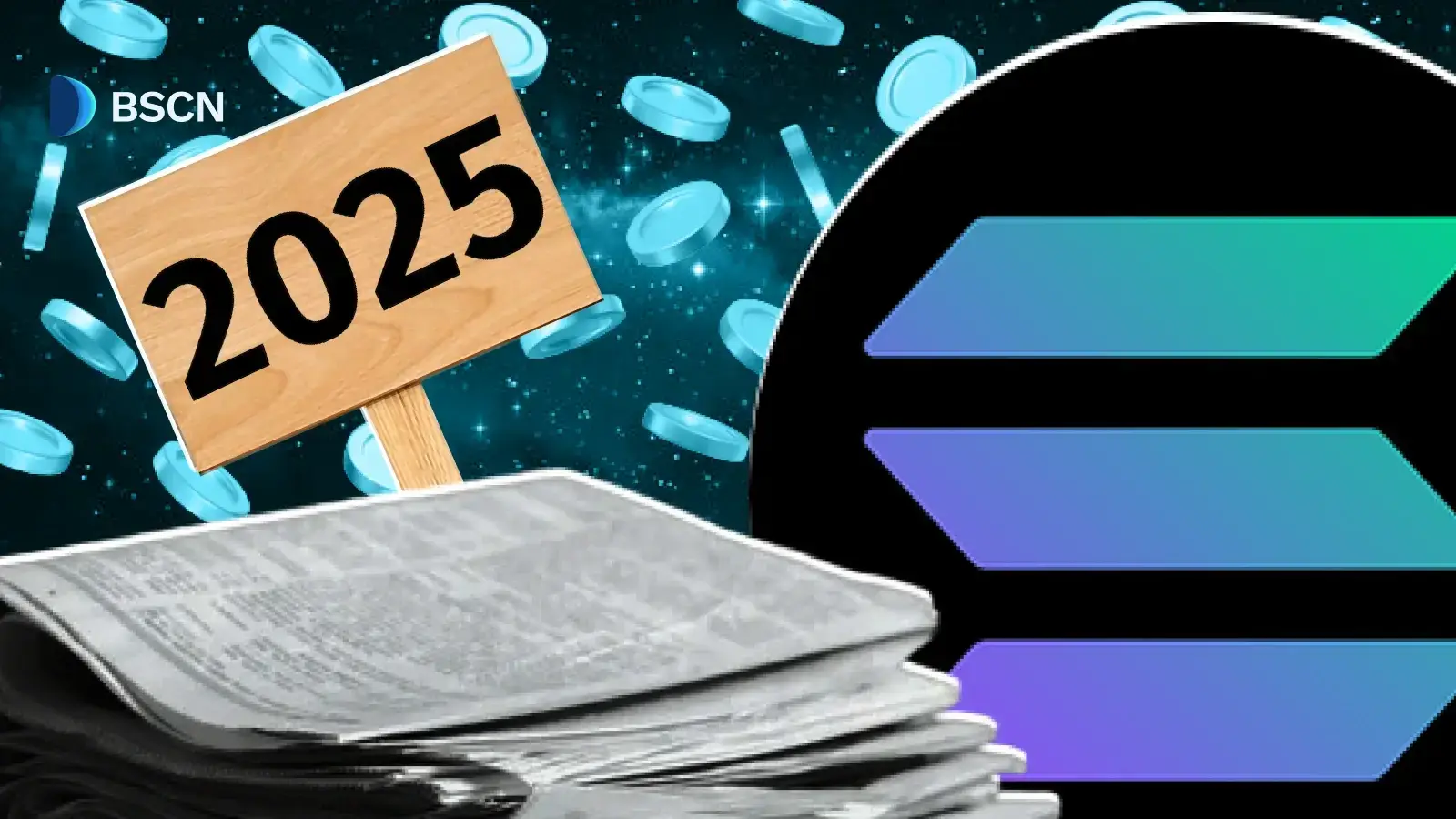Deepdive
(Advertisement)
Project Insight: Ren Protocol

Ren is an open protocol that enables the movement of value between blockchains. The protocol locks up the underlying non-native asset and creates a native pegged token on the desired chain.
BSCN
March 6, 2021
(Advertisement)
Table of Contents
Ren Protocol

The project was initially launched under the name "Republic Protocol" in January 2018. Almost a year later, the Ren Protocol was to be the new name of the project. Ren launched its main net in May of 2020. This cross-chain solution made it possible to use BTC as a pegged 1:1 token on the Ethereum Network.
The new Ren Bridge 2 arrival now offers cross-chain interoperability for the Ethereum and Binance Smart Chain (BSC) networks. This is a considerable development as Ren continues its innovation in the cross-chain space bringing pegged non-native assets to the BSC.
RenVM

Ren Protocol creates a "Pegged" version of various cryptocurrencies, issuing ERC-20 or BEP-20 tokens. These tokens can respectively be used on the Ethereum Network or the Binance Smart Chain (BSC). This is done by utilizing the Ren Virtual Machine. The process locks up the underlying asset and creates a useable pegged token on the desired chain. This process can be reverted at any time, unlocking the underlying asset and destroying the pegged token. This means that no extra Bitcoin is minted in the process. Rather the Bitcoin will be out of circulation on the BTC chain and locked in the REN contract until the pegged token is reverted back.
This is all made possible by the use of so-called "dark nodes." These validator nodes have to stake $REN tokens (ERC-20) in return for a percentage of the fees that the protocol collects. The nodes make sure the network stays decentralized and allow for anonymous computations that run for multiple inputs and parties. When minting or burning pegged tokens, there will be a fee charged of 0.1%. You will also have to pay for the transaction cost on the underlying network.
RenVM serves as a plug-in for the De-Fi landscape. Any DeFi project can incorporate RenVM capabilities into their applications and existing smart contracts.
If you are a developer, you can check THIS link for more specific information. If you want to know more about running a dark node, you can read up HERE. For those who wish to learn more about the fee structure, you can look HERE.
RenBridge 2

The recently launched RenBridge 2 brings support for the BSC alongside Ethereum operability. It also brings new coins that can be pegged on to the BSC or Ethereum networks.
The supported coins at this time are:
RenBTC ($BTC) available for Ethereum and BSC
RenBCH ($BCH) available for Ethereum and BSC
RenZEC ($ZEC) available for Ethereum and BSC
RenDOGE ($DOGE) available for Ethereum and BSC
In the next two months, support for $LUNA (Terra) and $DGB (DigiByte) will also be added to the bridge.

The coins get pegged 1:1 locking the original and minting the desired chains token. The fees will be deducted, though, which leaves you slightly less than you have put in. As previously mentioned, users must pay 0.1% of their deposit + on-chain transaction fees.

The new user interface looks great and improves the user experience overall. The version update further added a transaction history function, making it easier to track your orders. On top of this, notification and alert system have also been implemented. Additionally, RenBridge 2 offers the option to integrate third-party applications with improved transaction storage.
Team and Partnerships

The Ren Protocol team consists of 15 professionals. The team is public, and the company is run by Taiyang Zhang, the CEO and CTO Loong Wang.
The developers, designers, and operational members are all highly skilled at their job. They are continually working to secure the protocol further and boost functionality. This team is set on innovating cross-chain solutions.

Ren Protocol has many partnerships with the most extensive DeFi protocols and crypto players. The most notable being Binance, Gemini, and Coinbase. The latest addition to partnerships has been Alameda; in fact, Alameda acquired Ren Protocol, and the team now works in conjunction with the Alameda team. The first thing they will do is add support for Solana and add more supported tokens for the bridge shortly.
Concluding Thoughts

Ren is very handy, allowing use of $BTC, $BCH, $ZEC, and $DOGE in a pegged form on the Ethereum and BSC networks. This enables you to use your coins in De-Fi projects, utilizing them to (hopefully) make some profits.
The completely permissionless process of minting and burning doesn't require KYC identification or third-party consensus. This is due to the protocol's decentralized nature, utilizing encrypted (secret) code validated by Ren's own Dark Nodes to ensure security. All this runs in the background making Ren Protocol a seamless and secure alternative for pegging your assets to any supported chain.
The team is professional, and with the recent developments, it has become even more robust. The merger with the Alameda team foreshadows a ton of developments from this protocol.
The future looks bright for Ren Protocol; Alameda is a strong crypto company that knows what they are doing, acquiring Ren was no accident.
If you are curious for more information, I can recommend their website and other media sites:

Read Next...
Disclaimer
Disclaimer: The views expressed in this article do not necessarily represent the views of BSCN. The information provided in this article is for educational and entertainment purposes only and should not be construed as investment advice, or advice of any kind. BSCN assumes no responsibility for any investment decisions made based on the information provided in this article. If you believe that the article should be amended, please reach out to the BSCN team by emailing [email protected].
Author
 BSCN
BSCNBSCN's dedicated writing team brings over 41 years of combined experience in cryptocurrency research and analysis. Our writers hold diverse academic qualifications spanning Physics, Mathematics, and Philosophy from leading institutions including Oxford and Cambridge. While united by their passion for cryptocurrency and blockchain technology, the team's professional backgrounds are equally diverse, including former venture capital investors, startup founders, and active traders.
(Advertisement)
Latest News
(Advertisement)
Crypto Project & Token Reviews
Project & Token Reviews
Comprehensive reviews of crypto's most interesting projects and assets
Learn about the hottest projects & tokens

